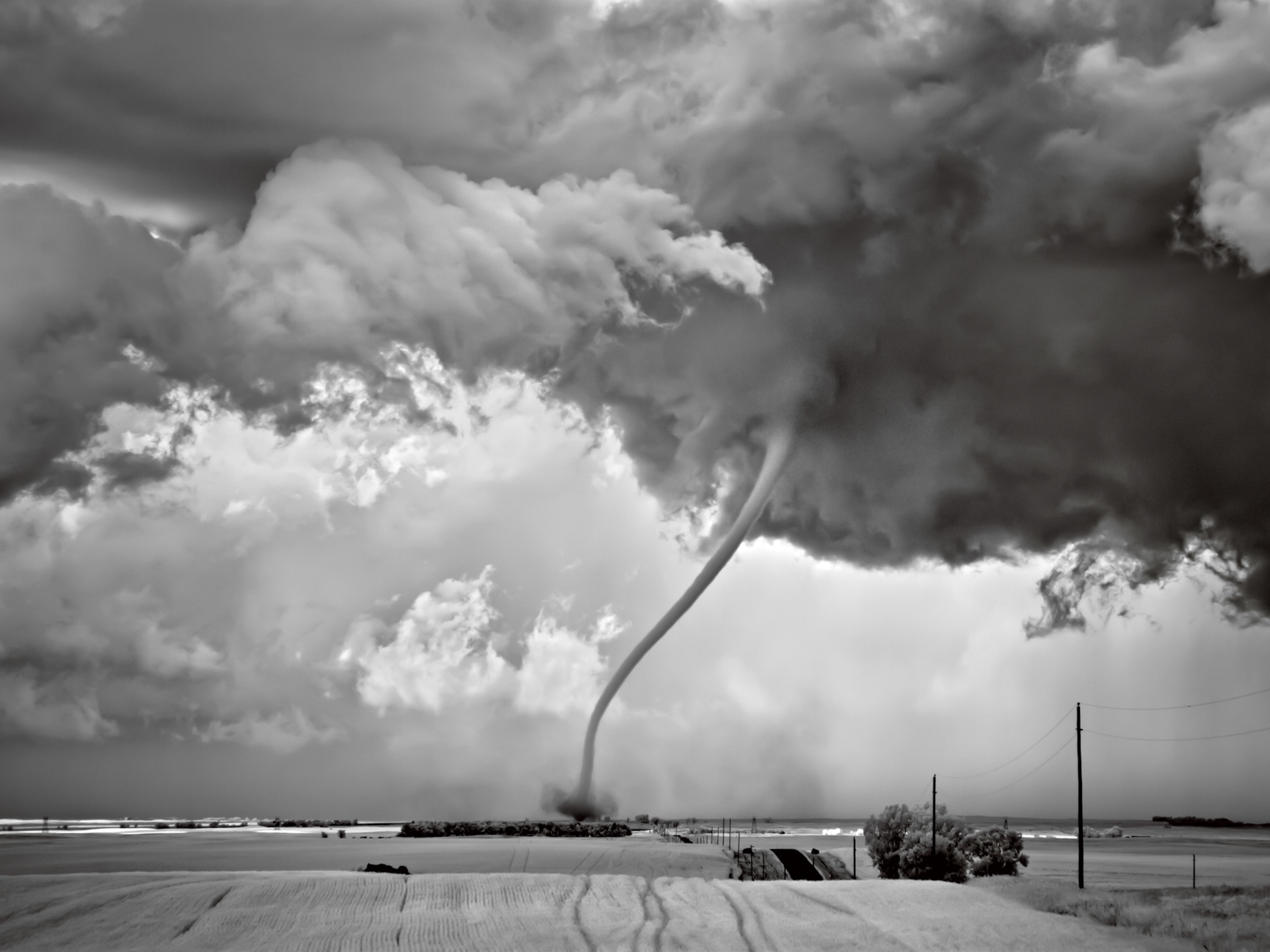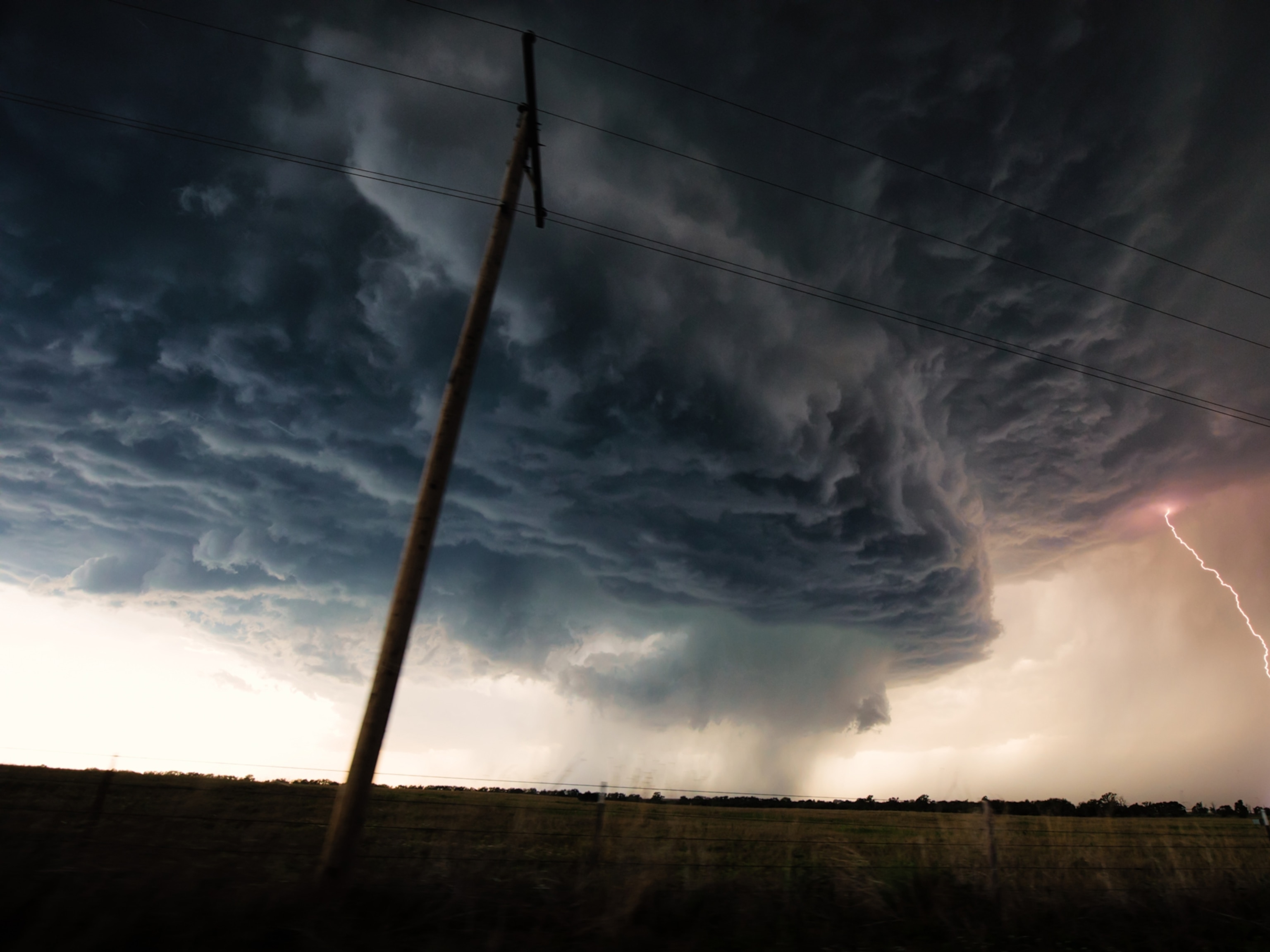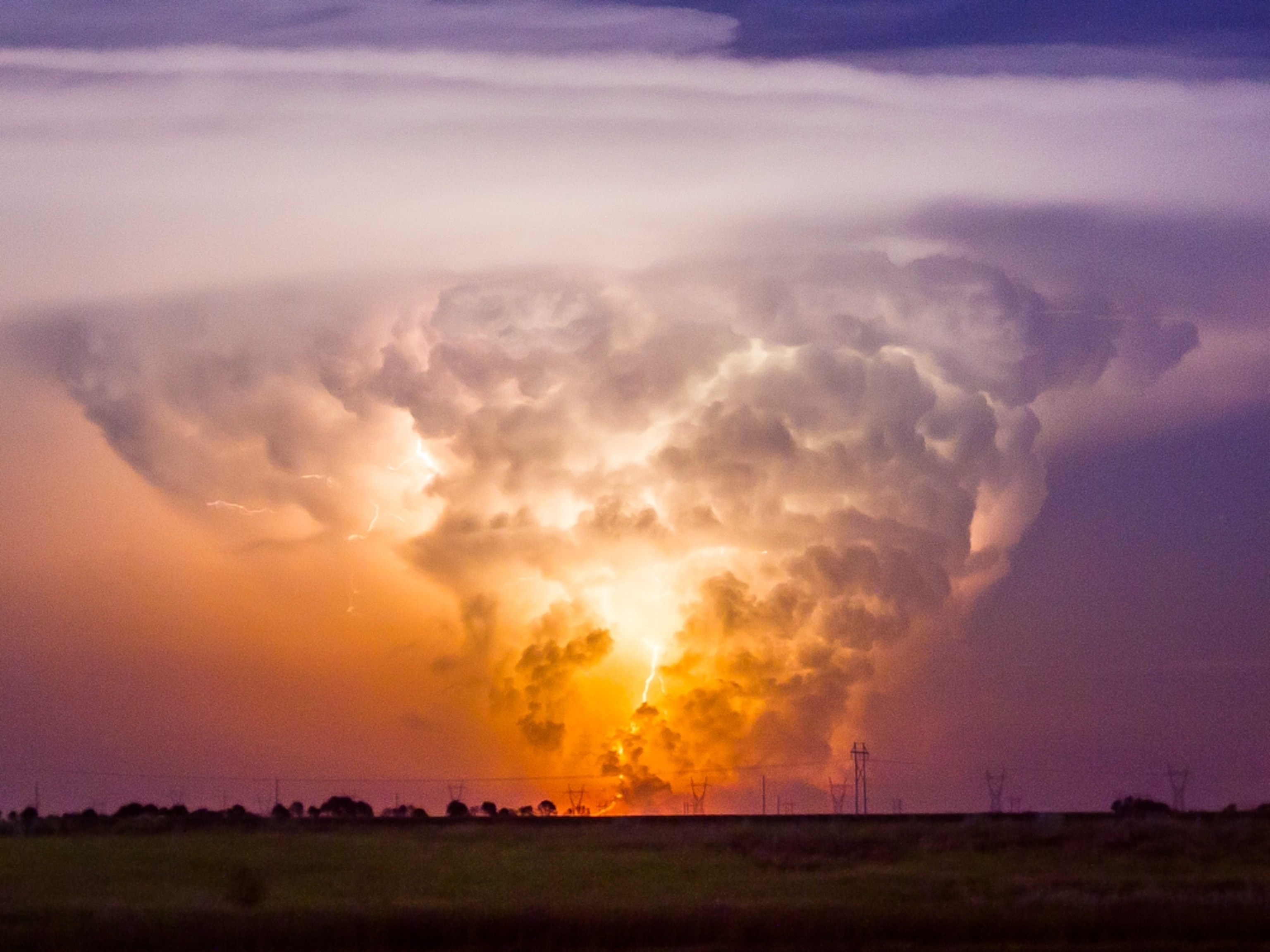Watch a Waterspout Whip Past a New Jersey Beach
The fast-moving storm blew out windows and carried a boat five blocks.
Two friends got more than suntans at the Jersey Shore this summer. While enjoying a sunset over Manahawkin Bay on Long Beach Island, a ferocious wall of wind whipped past them, making for a harrowing, rare experience.
Local watersports teacher Jack Bushko filmed the blast of wind, which caused minor damage to several structures and has been classified as a “weak waterspout” by the National Weather Service.
“I didn't really have time to think, I just reacted,” says Bushko, who sought shelter inside his rented house on Brant Beach as the storm howled by on June 23. “It caught us by surprise.”
A waterspout is a column of cloud-filled wind rotating over a body of water. Despite its name, it’s not filled with water from the ocean or lake. Instead, a waterspout descends from a cumulus cloud and the water inside is formed by condensation. Waterspouts are most common in warm, humid areas.
The storm lifted a 16-foot aluminum boat from Bushko’s yard and carried it over houses and power lines, dropping it five blocks away. It also blew out windows in several homes and Bushko’s shop.
“The pressure went really low,” as a result of the wind’s velocity, says Bushko, making it temporarily difficult to open or shut any doors.
The waterspout “showed weak rotation,” according to the National Weather Service, and barely made it onto land. Some of the circular motion is visible in Bushko’s video if you look closely or watch it frame by frame.
The average waterspout is around 165 feet (50 meters) in diameter, with wind speeds of 50 miles per hour (80 kilometers per hour), corresponding to the weakest types of tornadoes on land. The largest waterspouts can have diameters of 330 feet (100 meters) and last for up to one hour, though the average lifetime is just 5 to 10 minutes.





